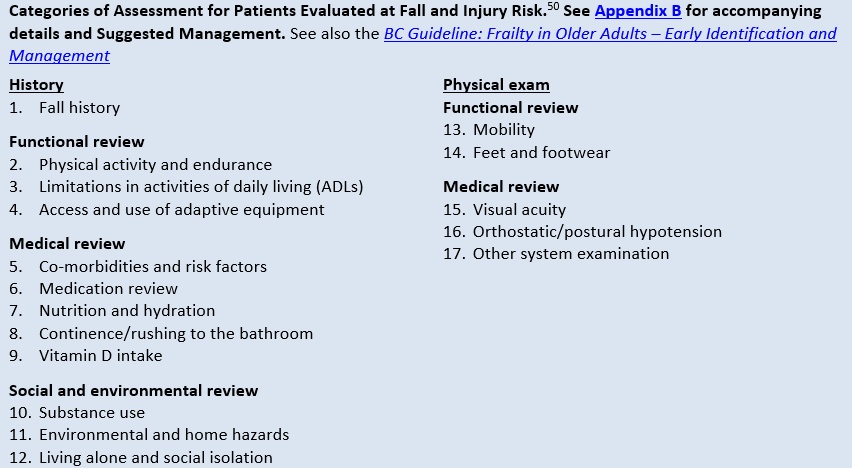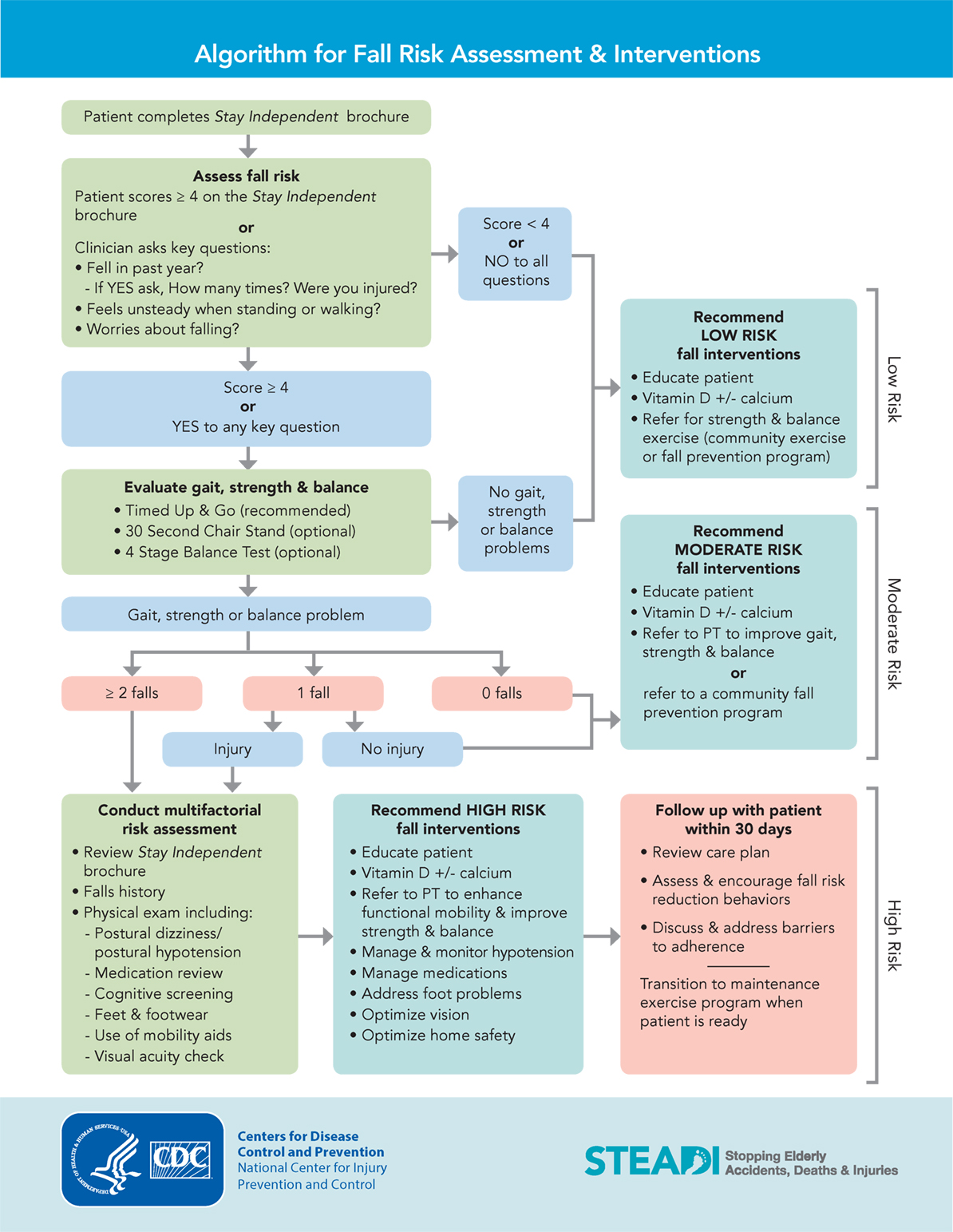The Best Guide To Dementia Fall Risk
Table of ContentsThe 7-Second Trick For Dementia Fall RiskLittle Known Questions About Dementia Fall Risk.All About Dementia Fall RiskThe Dementia Fall Risk DiariesThe 15-Second Trick For Dementia Fall Risk
You may be worried due to the fact that you have actually had a loss prior to or since you've seen you're beginning to really feel unstable on your feet. You may have discovered changes to your health and wellness, or just feel like you're reducing a little. Whatever the factor, it isn't uncommon to become careful and lose confidence, and this can quit you doing the important things you utilized to do and make you feel a lot more isolated.If you've had a fall or you've started to feel unsteady, inform your physician even if you feel great or else. Your physician can check your equilibrium and the means you walk to see if improvements can be made. They may have the ability to refer you for a drops danger assessment or to the drops prevention service.
This details can be acquired through meetings with the person, their caregivers, and a testimonial of their clinical records. Begin by asking the specific regarding their history of drops, consisting of the frequency and circumstances of any recent drops. Dementia Fall Risk. Inquire regarding any mobility issues they may experience, such as unstable or problem walking
Conduct a detailed evaluation of the person's medicines, paying particular attention to those understood to raise the danger of drops, such as sedatives or medicines that lower blood pressure. Establish if they are taking several drugs or if there have been current changes in their medication routine. Review the individual's home setting for potential risks that could boost the danger of drops, such as poor lights, loose rugs, or lack of grab bars in the restroom.
Dementia Fall Risk Can Be Fun For Everyone
Guide the person with the autumn danger evaluation type, clarifying each question and recording their feedbacks properly. Determine the overall danger score based on the actions supplied in the evaluation kind.
Regularly check the person's progression and reassess their danger of drops as needed. Give ongoing education and support to advertise safety and security and minimize the risk of falls in their day-to-day living tasks.
Lots of studies have actually shown that physical treatment can assist to lower the risk of dropping in adults ages 65 and older. In a brand-new research study (that looked at drops risk in females ages 80 and older), researchers calculated the economic effect of choosing physical treatment to avoid drops, and they found that doing so saves $2,144, consisting of all the hidden prices of your time, discomfort, missed out on life events, and the bucks paid for solutions.
How Dementia Fall Risk can Save You Time, Stress, and Money.
Inspecting your heart price and blood pressure measurements at rest and while you turn (from resting or lying to standing). A basic examination of your thinking (cognitive) capacities. Assessing your balance, stamina, and strolling capacity. A simple vision examination. Analyzing your feet and footwear. A home safety and Go Here security evaluation. Based upon the examination results, your physiotherapist will develop a plan that is tailored to your certain demands.
Older grownups who have problem strolling and talking at the exact same time go to a higher danger of falling. Dementia Fall Risk. To assist enhance your security during day-to-day tasks, your physical specialist might make a training program that will certainly test you to keep standing and strolling while you do an additional job. Examples include strolling or standing while counting backwards, having a conversation, or bring a bag of groceries
Your physical therapist additionally can determine which tasks you need to stay clear of to remain risk-free. Community-based falls prevention programs help people to: Reduce their fear of dropping. Establish objectives for enhancing their exercise. Make their homes much safer. Work out extra to raise their strength and equilibrium. These programs frequently are led by volunteer trainers.
6 Easy Facts About Dementia Fall Risk Explained

Measles, or rubeola, is a highly contagious, intense viral contagious condition brought on by the measles virus. Some individuals assume of measles as simply a rash and fever that cleans up in a couple of days; nonetheless, measles can create her latest blog significant health problems, particularly in kids younger than 5-years-old. The most effective defense versus measles is the measles, mumps, and rubella (MMR) vaccine.
Falls are an usual reason of injury amongst older grownups.
Dementia Fall Risk - Questions

She has no history of drops, More Help her stride is steady, and she invalidates with no issues. The previous nurse states that she calls for help to the restroom when she requires to go.
Examples of usual fall interventions/measures include: Making certain a client's essential products are within reach. Past understanding exactly how to utilize the Johns Hopkins Loss Danger Analysis Device, it's essential that centers include its use into a much more thorough fall prevention plan.